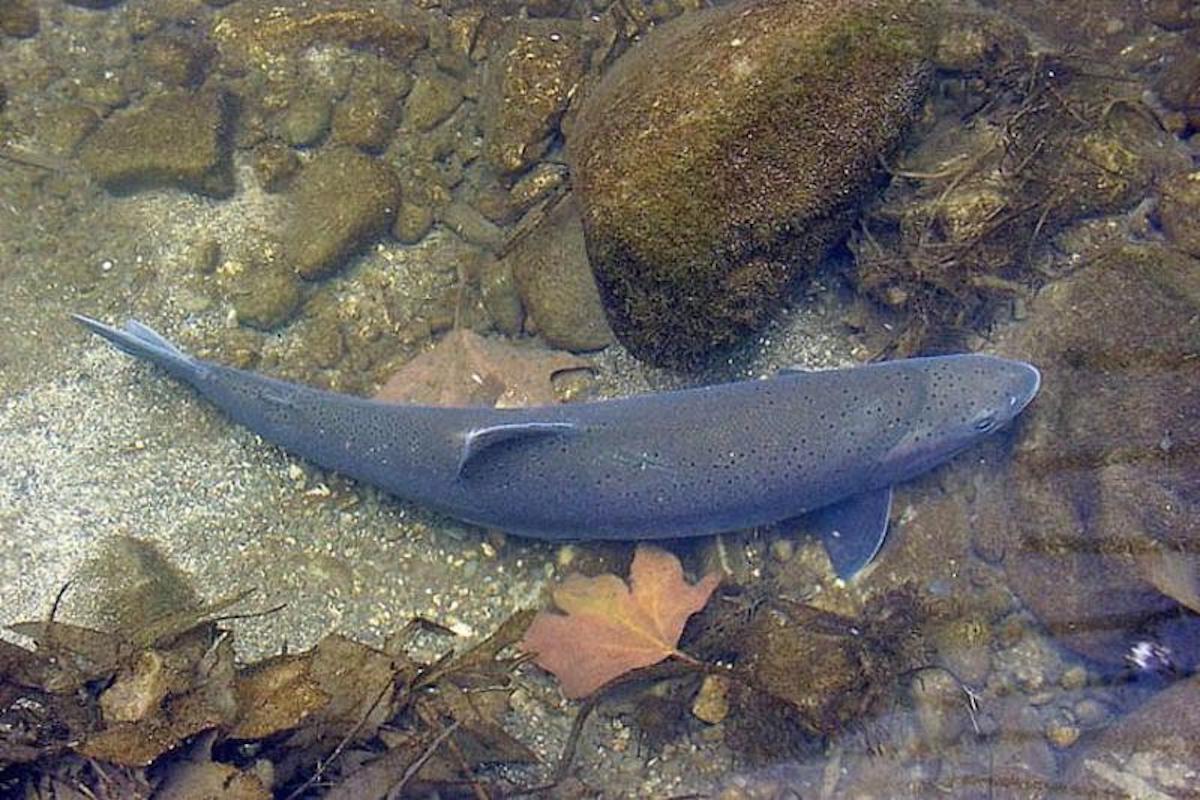Southern California Steelhead Remain Endangered
Conservation Efforts Not Enough to Overcome Drought and Wildfire Effects on Fish

Despite being heralded as one of the most adaptive and hardiest of fish, plus conservation efforts dating back to the 1990s, the health of Southern California steelhead has gone from bad to worse. Human activity in conjunction with climate-related threats such as drought and wildfire have left the species with staggeringly low adult numbers, especially among populations that migrate between salt and fresh water — which are at high risk of disappearing altogether.

The Southern California steelhead will stay on the federal Endangered Species list subsequent to a review of its status in the recently released 2023 five-year plan from National Oceanic Atmospheric Administration (NOAA) Fisheries. Although most West Coast steelhead species are listed as threatened under the Endangered Species Act, the Southern California steelhead is the only one to reach endangered status.
“Steelhead are unique in the sense that they rely on every part of the watershed from the estuary up to the smallest headwaters,” said Mark Capelli, NOAA steelhead recovery coordinator and lead author of the report. “Their health is a good indicator of the overall health of the watershed.”
The Southern California watershed runs from Santa Maria all the way down to the border. Dams, diversions, and road encroachment serve as roadblocks to stream access and have left steelhead unable to fully navigate the watershed. These blockages compounded with climate conditions, such as California’s prolonged drought and accelerated wildfire season, have led to the sharp decline in adult steelhead populations.
“Wildfires have a pretty dramatic effect on ecosystems but are also part of a natural process,” said Capelli. “But combined with the other man-made effects, they have had — and continue to have — a cumulative effect on the environment.”
Wildfires increase sedimentation in streams — meaning pools, insects, and other resources steelhead need to survive are smothered. If the burn reaches the trees and vegetation that border streams, they can also lose shade cover, leading to warmer temperatures and decreased nutrients in freshwater ecosystems.
“We’ve had our fair share of wildfires,” said Capelli of Santa Barbara’s watersheds. After the Thomas Fire in 2018 and the Alisal Fire in 2021, it is no surprise local steelhead are struggling.
Drought decreases the amount of water in streams, thereby decreasing the areas steelhead can inhabit and placing further stress on the species. Without water to swim in, fish populations cannot be restored to their full capacity.

Since the completion of the report, California had an abnormally wet winter, temporarily relieving some effects of drought. Capelli noted increased streamflow has allowed adults that survived the drought to inhabit previously inaccessible habitat. However, the resulting increase in vegetation is only more fuel for this year’s wildfire season.
Capelli assured this is all part of a natural cycle but emphasized the importance of reducing human-posed threats. The report outlines several actions to address concerns such as controlling non-native vegetation, restoring flow, and reconnecting upper and lower watersheds.
“This is an effort that cannot just be undertaken by the National Fish and Wildlife Services; it takes a diverse group of national, regional, and local stakeholders,” said Capelli.
The most important priority in conserving this species is ensuring steelhead have access to their habitat. Currently, agencies such as California State Parks and CalTrout are completing plans to remove two dams in the Southern California watershed: the Matilija Dam in Ojai, and the Rindge Dam on Malibu Creek. The removal of Rindge Dam will increase steelhead habitat by 15 miles.




You must be logged in to post a comment.